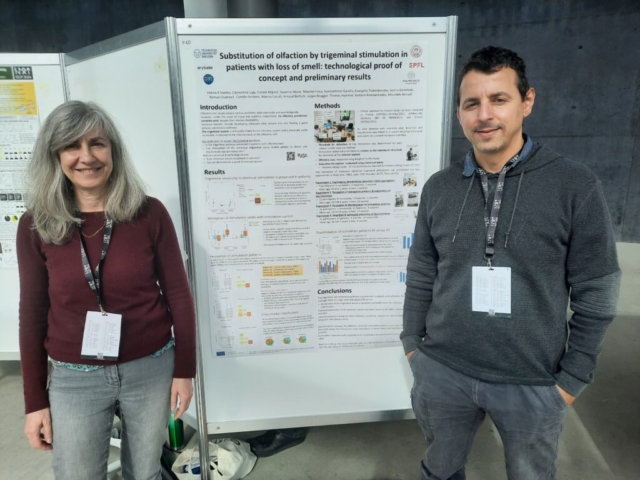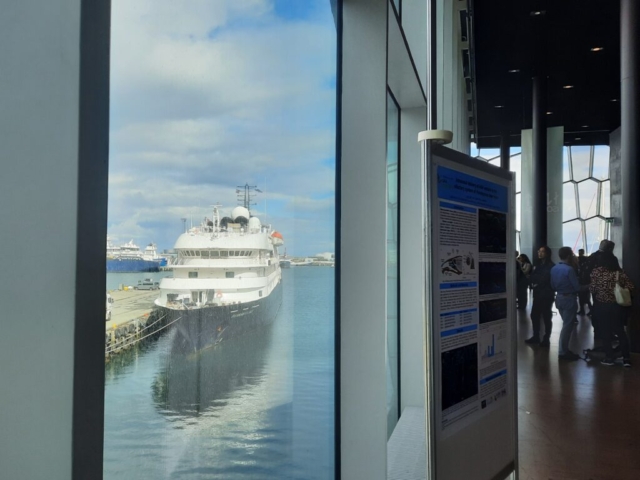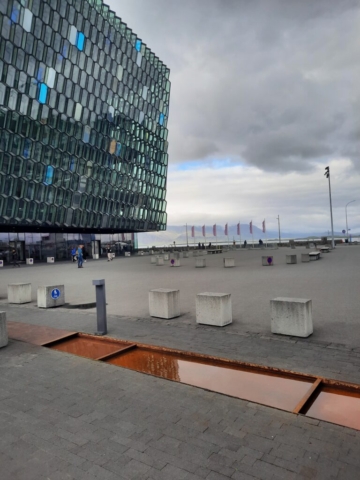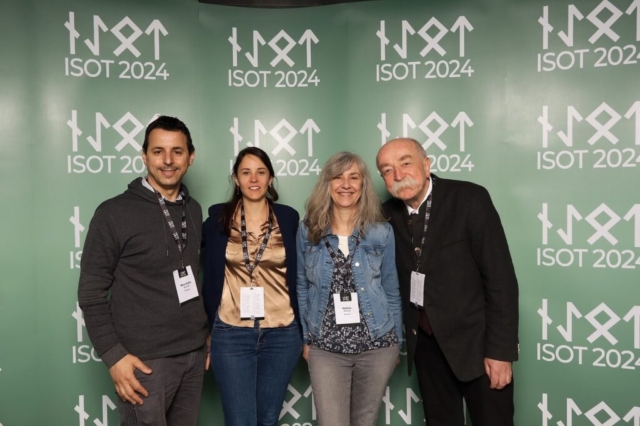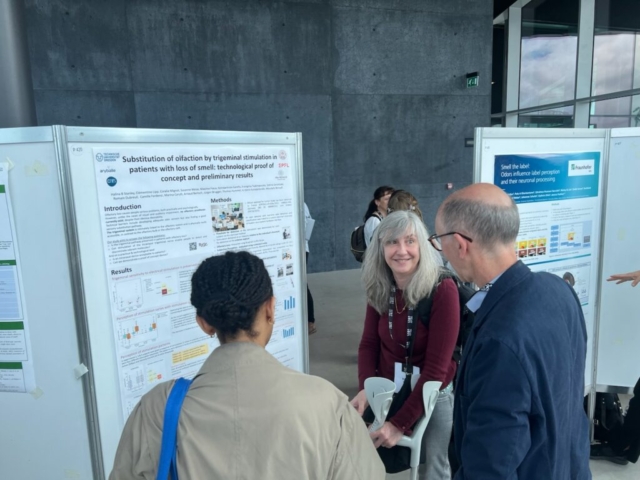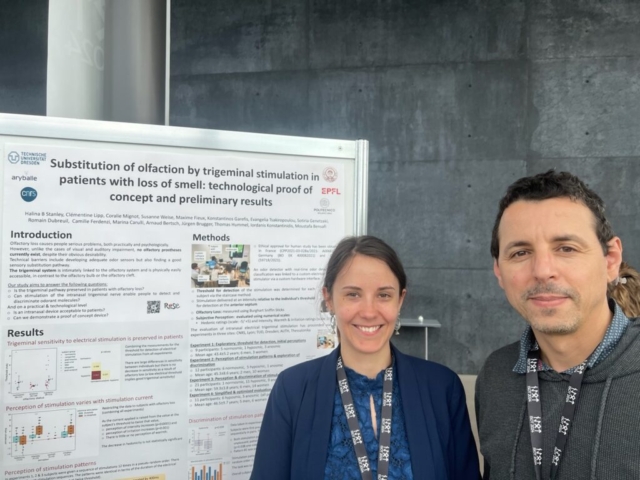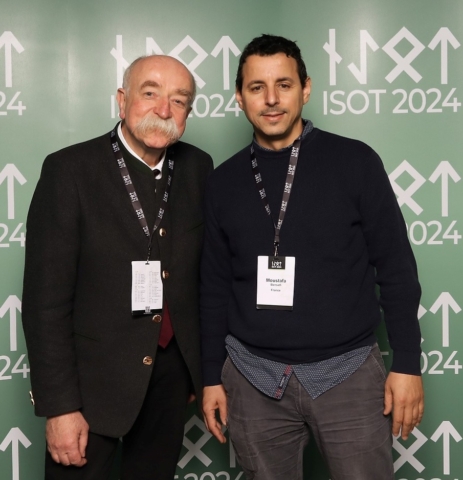
Thomas Hummel & Coralie Mignot (TUD) together with Moustafa Bensafi, Halina Stanley & Camille Ferdenzi (CNRS) attended the ISOT2024 conference in Reykjavik Iceland.
ISOT2024 was particularly well-attended (there were nearly 730 attendees from all over the world) with many interesting presentations. Here are the abstracts. Thomas Hummel (TUD) gave an oral presentation on « Trigeminal function and its association with olfactory perception » and ROSE presented a poster entitled « Substitution of olfaction by trigeminal stimulation in patients with loss of smell: technological proof of concept and preliminary results ».
P420 Substitution of olfaction by trigeminal stimulation in patients with loss of smell: technological proof of concept and preliminary results
Halina Barbara Stanley 1, Moustafa Bensafi 1 Clémentine Sophie Lipp 2, Coralie Mignot 3, Susanne Weise 3, Maxime Fieux 4, Konstantinos Garefis 5, Evangelia Tsakiropoulou 5, Sotiria Genetzaki 5, Romain Dubreuil 6, Camille Ferdenzi 7, Marina Carulli 8, Arnaud Bertsch 2, Jürgen Brugger 2, Thomas Hummel 3, Iordanis Konstantinidis 5
1 CNRS, INSERM, Université Claude Bernard Lyon 1, Bron, France
2 École Polytechnique Fédérale de Lausanne (EPFL), Lausanne, Switzerland
3 Technische Universität Dresden, Dresden, Germany
4 Université Claude Bernard Lyon 1, Bron, France
5 Aristotle University, Thessaloniki, Greece 6 Aryballe, Grenoble, France
6 Aryballe, Grenoble, France
7 CNRS, INSERM, Université Claude Bernard Lyon 1, Bron, France
8 Politecnico di Milano, Milan, Italy
Loss of the sense of smell is a sensory impairment which has major consequences in many areas of daily life: eating, sensory pleasure, social life and danger detection. To date the main therapies are surgery, medication or olfactory training, but a prosthesis-type technology enabling patients to sample their olfactory environment has not yet been developed. The aim of this study was to develop a proof of concept for such a device. The hypothesis tested in this work was that stimulation of the intranasal trigeminal system by a device that captures odorant molecules and transforms the chemical information into an electrical signal will enable patients to detect and discriminate odorant molecules via this substitution pathway. To test this hypothesis a device that combines an artificial nose with an electrical stimulator positioned in the nasal cavity has been developed. Two experiments involving normosmic individuals and patients with olfactory loss showed that individuals were able to detect their olfactory environment using the device. For discrimination, the results are less clear-cut, but show that a majority of patients can distinguish between two odorous molecules. Further experiments are underway to improve patients’ discrimination performance by adjusting electrical stimulation parameters such as amplitude, duration and frequency. Taken as a whole, this study should be seen as a demonstration of feasibility, with the next big step being to miniaturise the device.


